“The Wild Brig of Bracklinn”
Originally posted by Callander Heritage Society. Reposted with permission.

The bridge over the Kelty at Bracklinn originally consisted of two logs covered with some branches which were overlaid with turf. It stretched over the chasm, and rested on two projecting rocks, whose towering tops are about 100 feet above the bottom of the narrow, deep and rugged glen, in which the water flows. The people of the adjacent farms, from the mere force of habit, passed this bridge with little emotion, even while the spray, in a high wind, wet their clothes; and yet the very act of looking down, when there was a flood in the water, must appeal to a stranger, unless his nerves be uncommonly strong, by reason of the altitude of his situation, the deepness and narrowness of the raving, the windings of the glen, the gloomy precipices around him, the blackness of the pools below, the succession and roaring of the different falls.
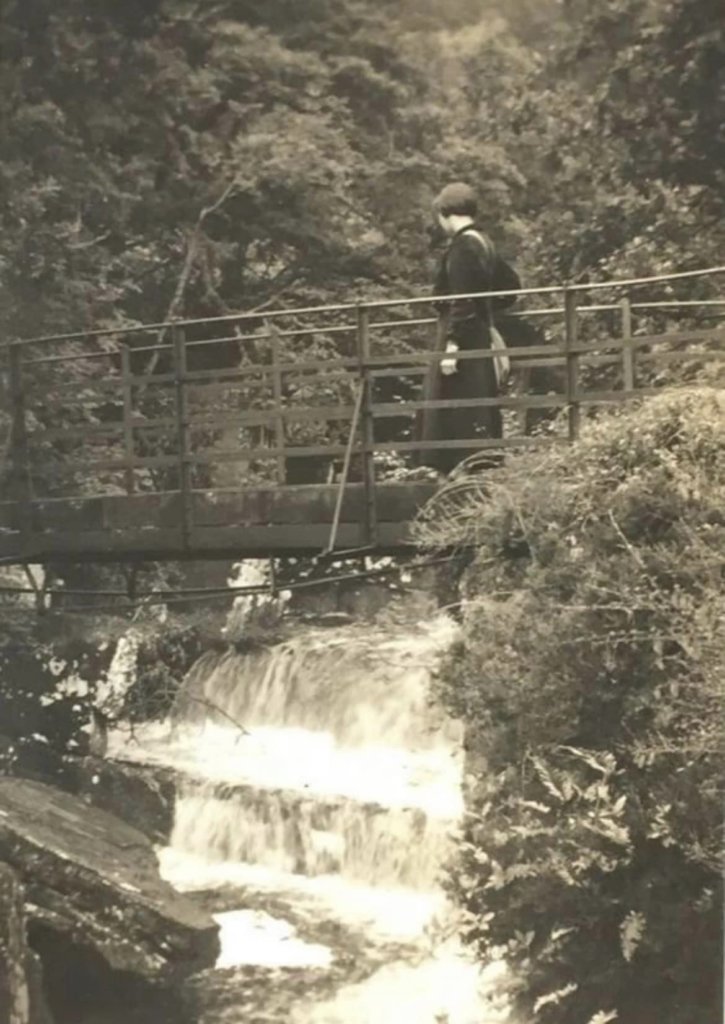

It was this alpine quality of an insubstantial wooden bridge above the roaring falls that caught the imagination of Sir Walter Scott. He frequently stayed at Cambusmore where he began to compose The Lady of the Lake. In the poem, his memorable epithet, he describes a brave Rodrick Dhu as a young man who rode his horse at full gallop across this rustic bridge, “wild as Bracklinn’s thundering wave” helping to popularise the falls following its publication in 1810. In the years that followed, tourism boomed and the falls was a popular destination for many romantic couples.

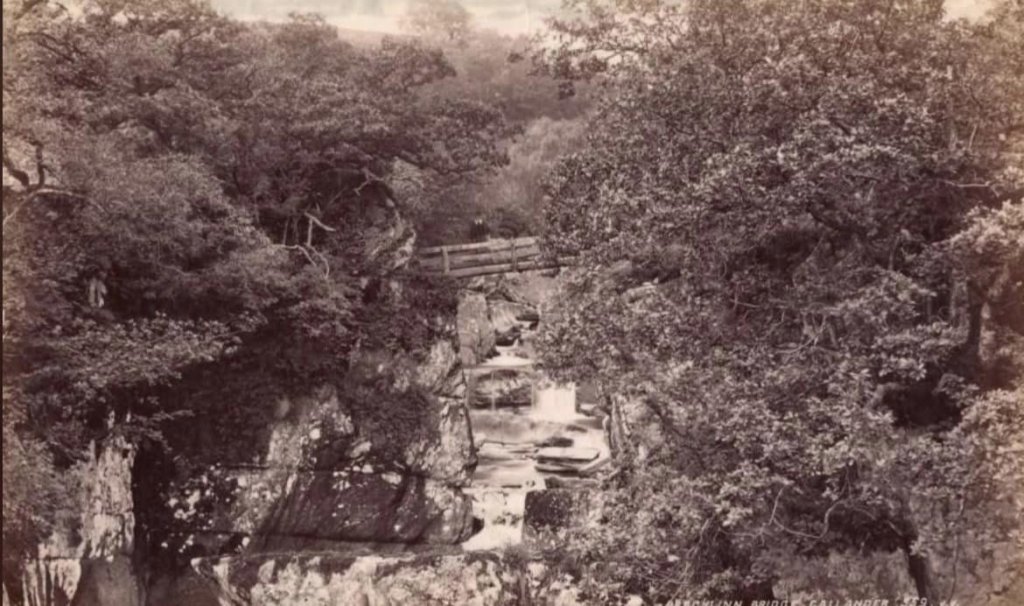
A wedding party ended in tragedy when a bridesmaid slipped and fell, her dress entangling the groom who also fell to his death. In the year 1844 a young man and woman, frolicking on this bridge, also fell from it into the abyss. The falls has a dark past. Many have died here, yet the falls continued attracting visitors. Queen Victoria herself made the trek to see them in the 1870s. For this occasion an ornate Victorian cast iron bridge was commissioned. This bridge lasted for several years before it was replaced by a wooden bridge. How many bridges over the years spanned the gorge here no one is quite sure. However in 1974 another iron bridge bridge replaced the old bridge. This bridge was seen in 1975 in the filming of the British comedy, Monty Python and the Holy Grail. This bridge lasted until August 2004 when the bridge was washed away by flash flooding.




In October 2010, a new, 20-tonne wood-and-copper footbridge, spanning 20m across the very deep gorge, was hauled into place by hand because the location made it impossible to use a crane. The overall project cost £110,000. In July 2011, the new bridge won an award at the International Footbridge Awards. However, all was not well. An inspection of the bridge was carried out by engineer in the summer of 2021. Evidence of serious rot and decay within all parts of the timber structure was recorded and following detailed consideration of the options, a decision was taken to demolish the timber structure on 29 Jul 2022. A new bridge has been commissioned and we look forward to seeing this work in progress and hopefully open to the public again in 2023-2024.


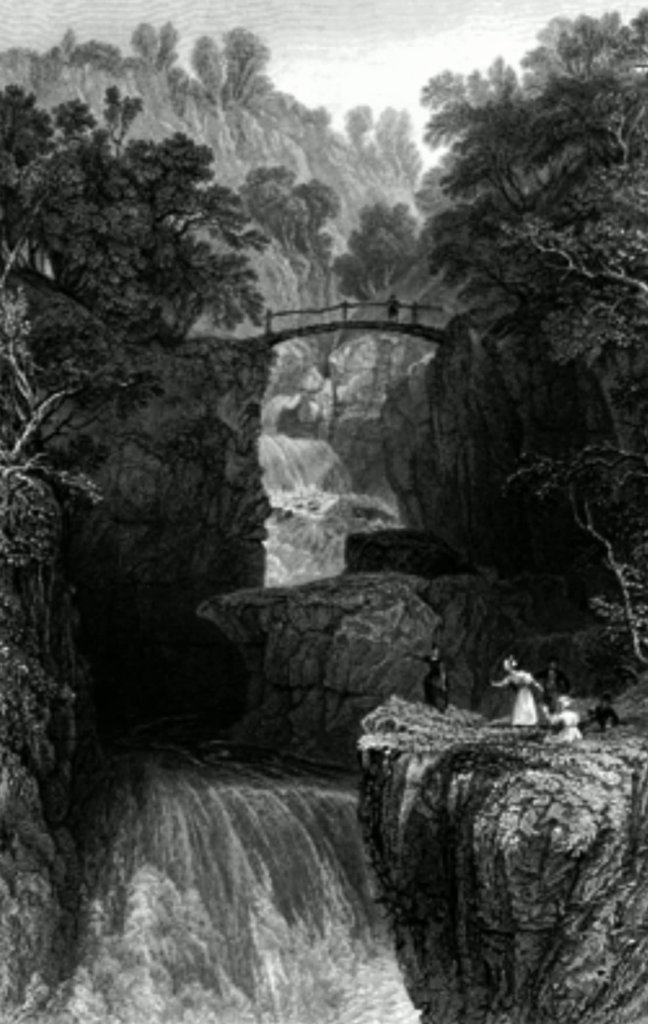

The name Bracklinn comes from a combination of the Gaelic ‘breac’, meaning “speckled,” a reference to the colour of the water which passes through peat before tumbling down the cascades. The name ends in ‘linn’, which means “a pool.” Thus, Bracklinn means “a speckled or white foaming pool.”
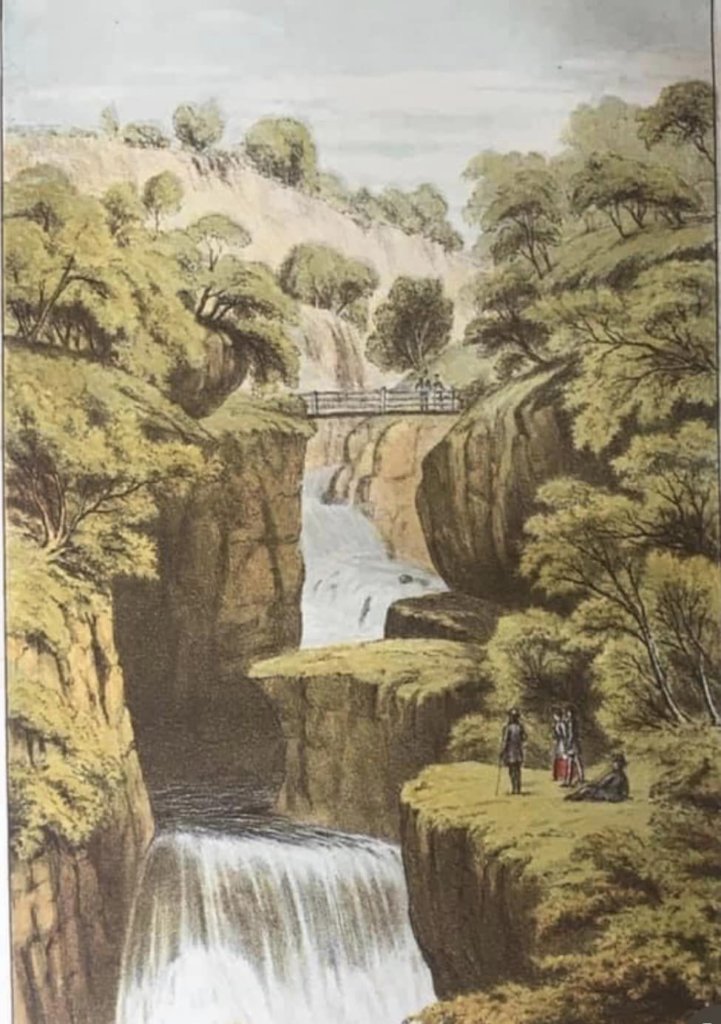














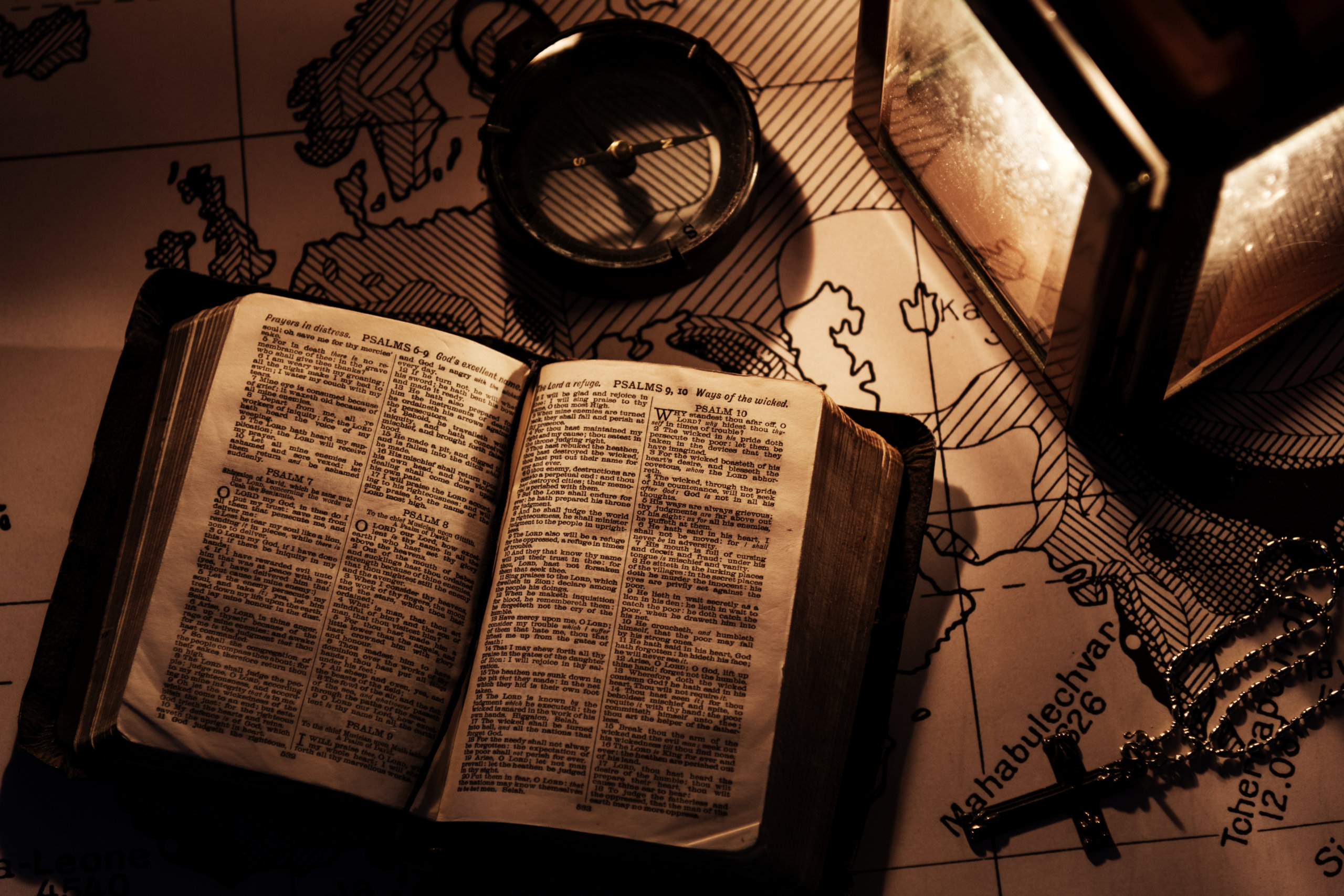
0 Comments